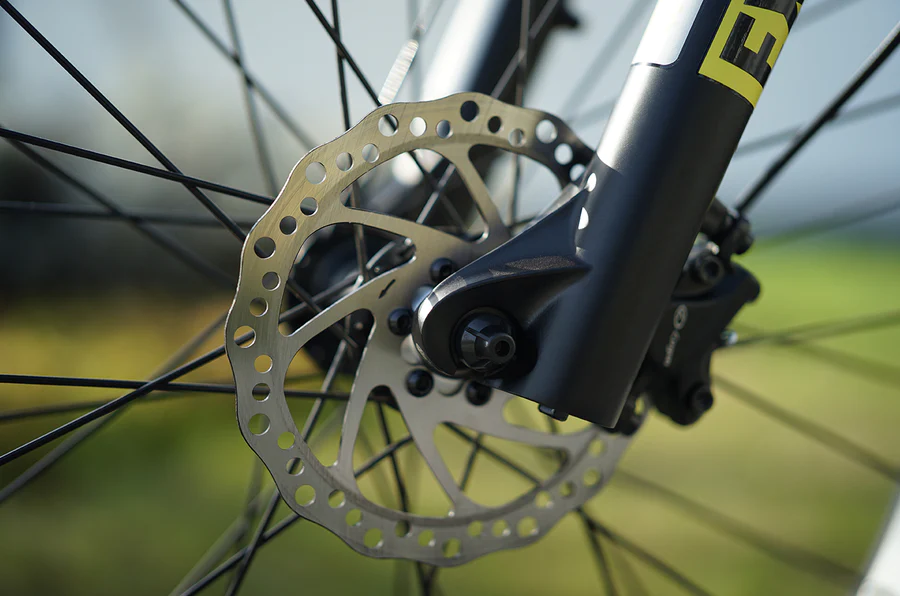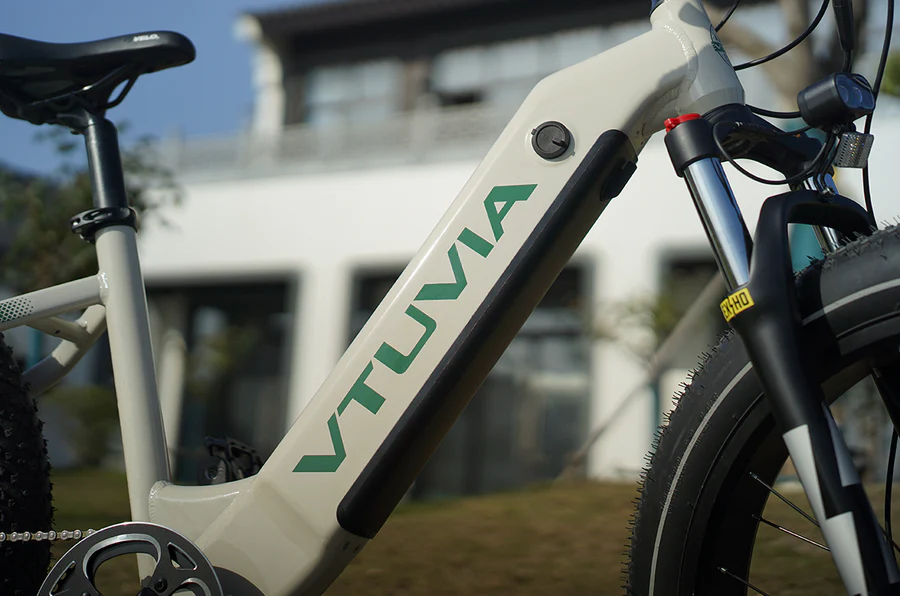Electric bikes, or e-bikes, have come a long way since the first one was invented in 1897. With the increasing popularity of e-bikes for commuting, travel, and leisure, many people may be curious about how they actually work. Let’s delve into the difference between e-bikes and traditional bikes, and the science behind their functionality.
An electric bike is essentially a traditional bike with an added feature – an electric motor. This small yet significant addition transforms the biking experience. But, unlike what you might expect, you can still pedal the bike if you want to. The electric motor is there to provide extra power when needed or act as the main source of propulsion if desired. So, with an e-bike, you have the choice to use the pedals or the motor, or a combination of both.
Electric Motor: The Heart of an E-Bike
The electric motor of an e-bike plays a crucial role in determining the quality of your ride. Hence, when choosing an e-bike, it’s important to consider the motor specifications. For example, the VTUVIA Step-Thru Fat Tire e-bike is equipped with a high-performing motor that offers a fantastic overall experience.
One of the key factors to evaluate when it comes to the motor is power. Just like in cars, more power translates to a better ride, and that’s exactly what VTUVIA bikes offer. Our bikes are equipped with a 48 volt 750-watt rear hub motor, which provides ample power to meet your needs. Whether you want to rely on the motor or just need a boost while climbing hills, this motor will allow you to glide effortlessly at speeds up to 28 mph.

Battery: The Power Source
The electric motor of an e-bike is complemented by the battery, which is another important component. VTUVIA fat tire bikes are powered by a 48 volt 13 amp-hour battery, which provides ample charging time. In fact, VTUVIA customers report that the battery can offer up to 45 miles of charge. Moreover, the removable lithium battery is easy to charge, and a full charge can be achieved in less than six hours. The Commuter Electric City bike from VTUVIA has a 36 volt 13 amp-hour battery that can be fully charged in just four hours, enabling you to double the daily distance by charging your e-bike at work.

Other Essential Components
Aside from the electric motor and battery, an e-bike resembles a traditional bike, with similar components such as suspension, brakes, and frame. VTUVIA bikes, particularly the fat tire models, feature a state-of-the-art suspension system designed to handle various terrains, including beaches and urban trails.
Brakes are especially important for e-bikes, which can travel at higher speeds than traditional bikes. The VTUVIA e-bikes come with dual disc brakes that provide quick and effortless stopping, ensuring a smooth and safe ride.

The frame of the bike is another important factor that impacts performance. VTUVIA bikes are built with an aluminum alloy frame, which is strong yet lightweight, enhancing durability and portability. Additionally, the bikes’ frames are foldable, making them easy to carry with you anywhere.
Conclusion
In conclusion, electric bikes combine the traditional cycling experience with the power of electric motors and lithium batteries. VTUVIA e-bikes are known for their affordability, durability, and enjoyment, making them a top choice for e-bikes. Take a look at the VTUVIA e-bikes and experience the power
Have a question that isn’t answered in our support information?